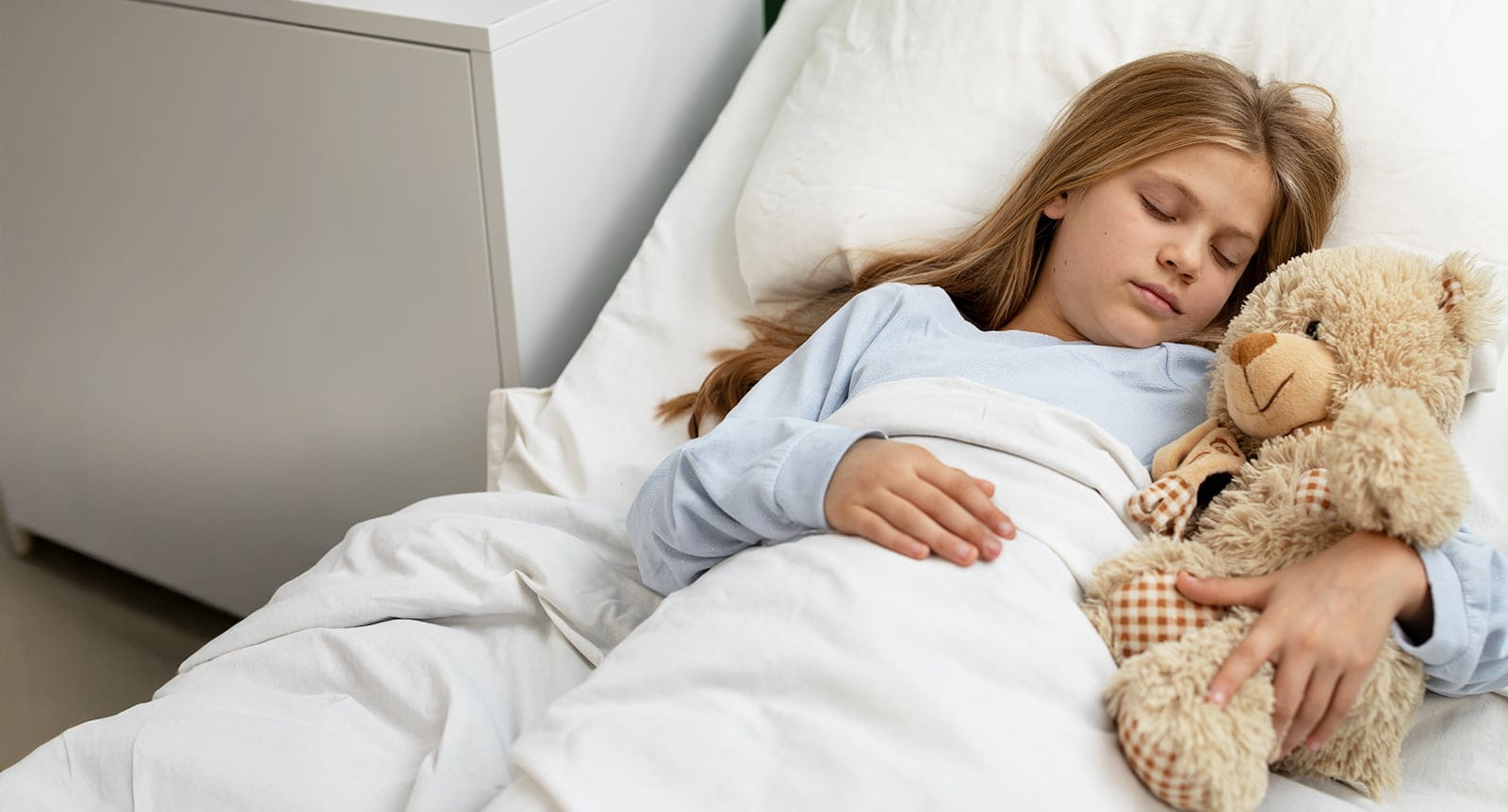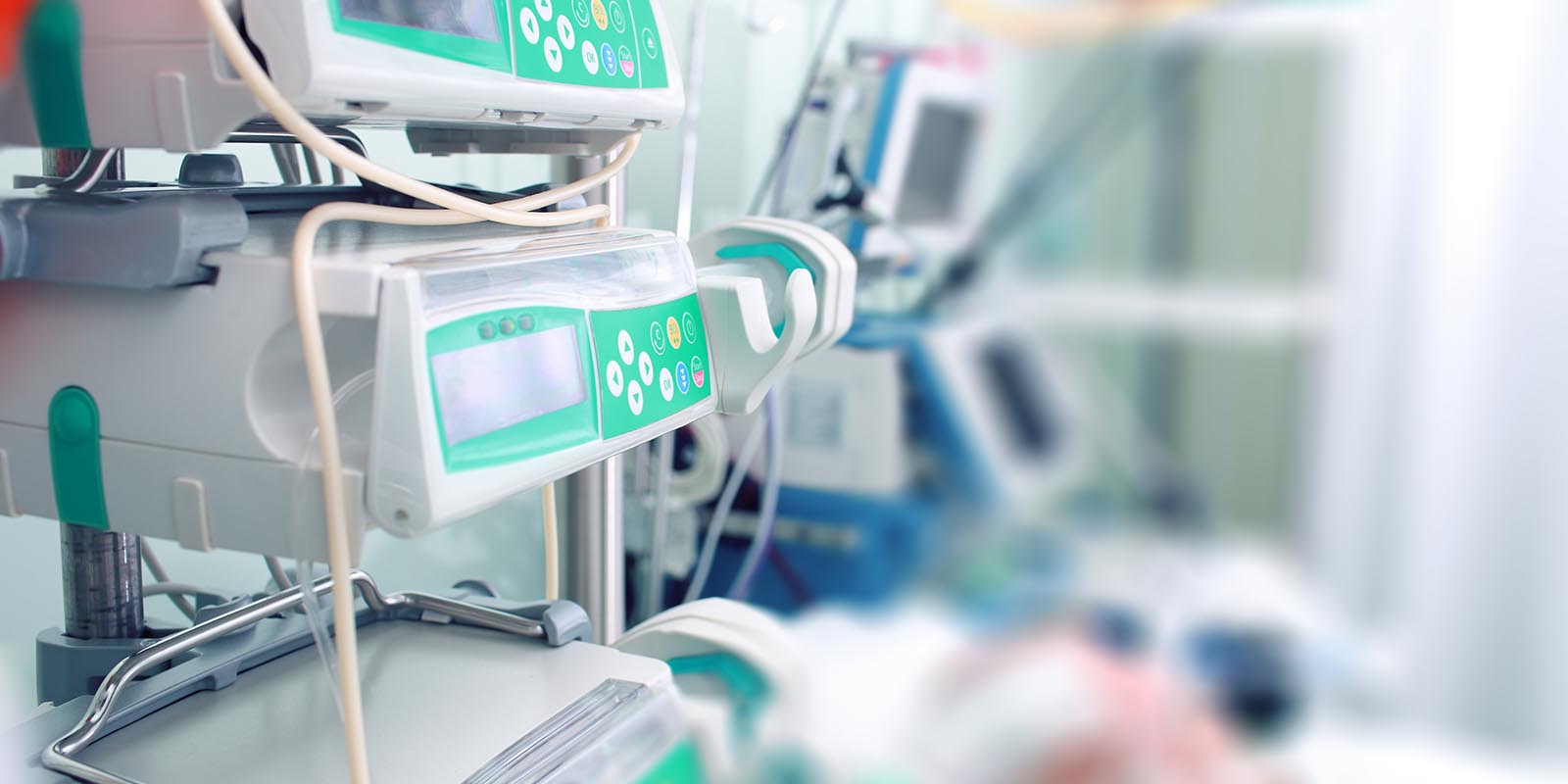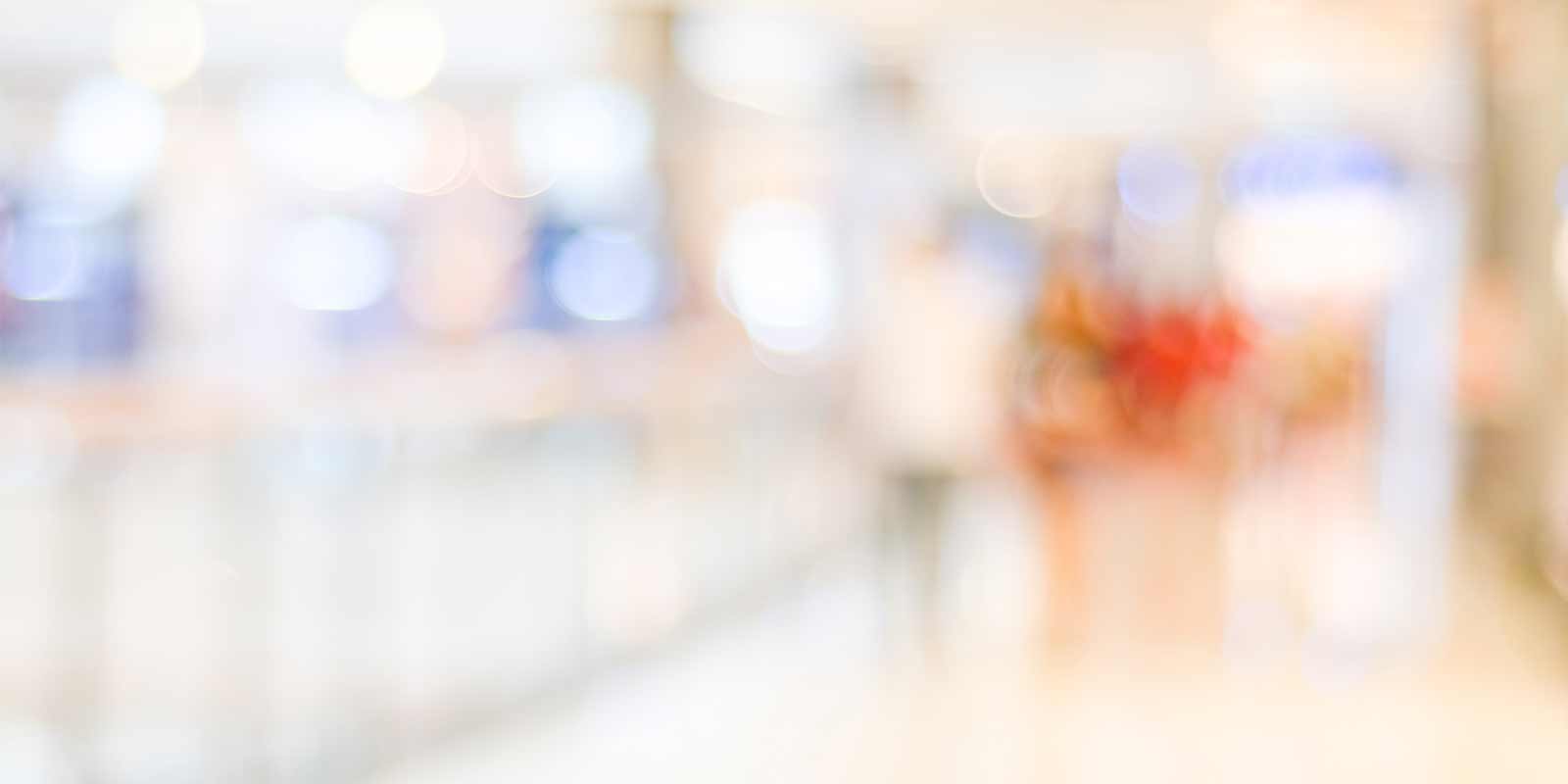
What Is a Sleep Study?
Sleep studies generally take place in a sleep lab during the patient’s normal sleeping hours. The goal is to record brain, breathing and body activity that happens during sleep so that sleep disorders can be diagnosed and treated.
Doctors trained in sleep medicine assess test results to treat sleep issues. A trained sleep technician will be with your child in the sleep lab during the testing period. The stages of sleep range from light to deep. Each stage has aspects that can be measured. A sleep study consists of a number of tests recorded at the same time during sleep. These tests measure specific sleep aspects to help diagnose sleep disorders. A nighttime sleep study is also called a polysomnogram.
The basic recordings made during a sleep study typically include:
- Electroencephalography (EEG): Measures brain wave activity
- Electrooculogram (EOG): Measures the number of eye movements and their speed; faster movements are seen during dream sleep
- Electromyography (EMG): Measures the number and intensity of limb movement
- Electrocardiogram (ECG): Measures heart rhythm and electrical activity
- Breathing patterns: Multiple measures are used to measure breathing, such as the number and depth of respirations, snoring, flow signals, and rise of the chest and abdomen.
- Oxygen saturation and capnometry: Measure oxygen and carbon dioxide levels, respectively, during sleep
- Other measures: Video recordings may also be made of the patient while they sleep to understand movements and other sleep behavior. We measure the time it takes to fall asleep, ability to stay asleep or arouse from sleep, reasons for waking, restless behavior and limb movement.
Your child may also have the following tests, which are conducted during the day in the sleep lab instead of overnight:
- Multiple sleep latency tests (MSLT): Measure how long it takes to fall asleep
- Multiple wake tests (MWT): Measure whether the patient can stay awake during specified times

MSLT or Daytime Nap Study
Multiple sleep latency tests (MSLT) measure how long it takes to fall asleep in four to five nap trials throughout the course of one day. This daytime procedure typically follows an overnight study (PSG) conducted the night before. This type of testing is performed for “too sleepy” disorders or hypersomnia. One of the causes for hypersomnia is narcolepsy. An MSLT is performed after a waking period and following breakfast. Testing naps are about 20 minutes each, with two hours between naps.
A parent must accompany any patient who is under 18 years old during the testing procedure, but can leave the room during the nap trials in order to allow the child to sleep. Packing for a full day is recommended. Consider bringing meals and toiletries and plan activities your child can do between naps.
Why Might Your Child Need a Sleep Study?
Common reasons for a sleep study include:
- Snoring or noisy breathing
- Periods when a person stops breathing during sleep (sleep apnea)
- Waking up with headaches, racing heart or unrefreshing quality sleep
- Daytime sleepiness
- Excessive sleepiness during the day and falling asleep without warning (narcolepsy)
- Not being able to stay sleep and insomnia treatments not helping
- Limb movement disorders such as periodic limb movements of sleep, restless legs syndrome and restless sleep disorder
- Unusual sleep behaviors, such as sleep walking or talking, that require further investigation
Additionally, your child’s healthcare provider may have other reasons to recommend a sleep study.

What Are the Risks of a Sleep Study?
There are no known risks for a sleep study other than possible skin irritation from the electrodes that are attached to the patient’s skin.
How Do I Prepare My Child for a Sleep Study?
- Your healthcare provider will explain the procedure.
- You can also ask our sleep team members questions.
- We may ask you to help ensure that your child becomes sleepy enough for the nighttime sleep study. For example, avoiding naps and caffeine can be helpful so that sleep at night can be recorded without these factors interfering with the ability to fall asleep.
- Showering before going to the sleep lab may be helpful. Make sure your child does not use lotion or oil on their skin, as it could interfere with the ability of the sleep study electrodes to adhere to the skin.
- On the night of the sleep study, you will be asked to sign a consent form. Read it carefully and ask any questions you have before signing the form.
- There are no nurses or other clinicians on the night of the study. Your child will take his or her usual medications as they would normally do at home unless their doctor tells you otherwise.
- For pediatric patients with complex medications and/or medical needs (for example, patients with a tracheostomy), we encourage discussion with our sleep nurse prior to the procedure.
- For more information on how to prepare your child for a sleep study, visit our Pediatric Sleep Study Preparation page.
What Happens After a Sleep Study?
Your child will not need any special care after a sleep study. Results may take several days. But your child’s healthcare provider may give you other instructions following the procedure based on your child’s situation.


